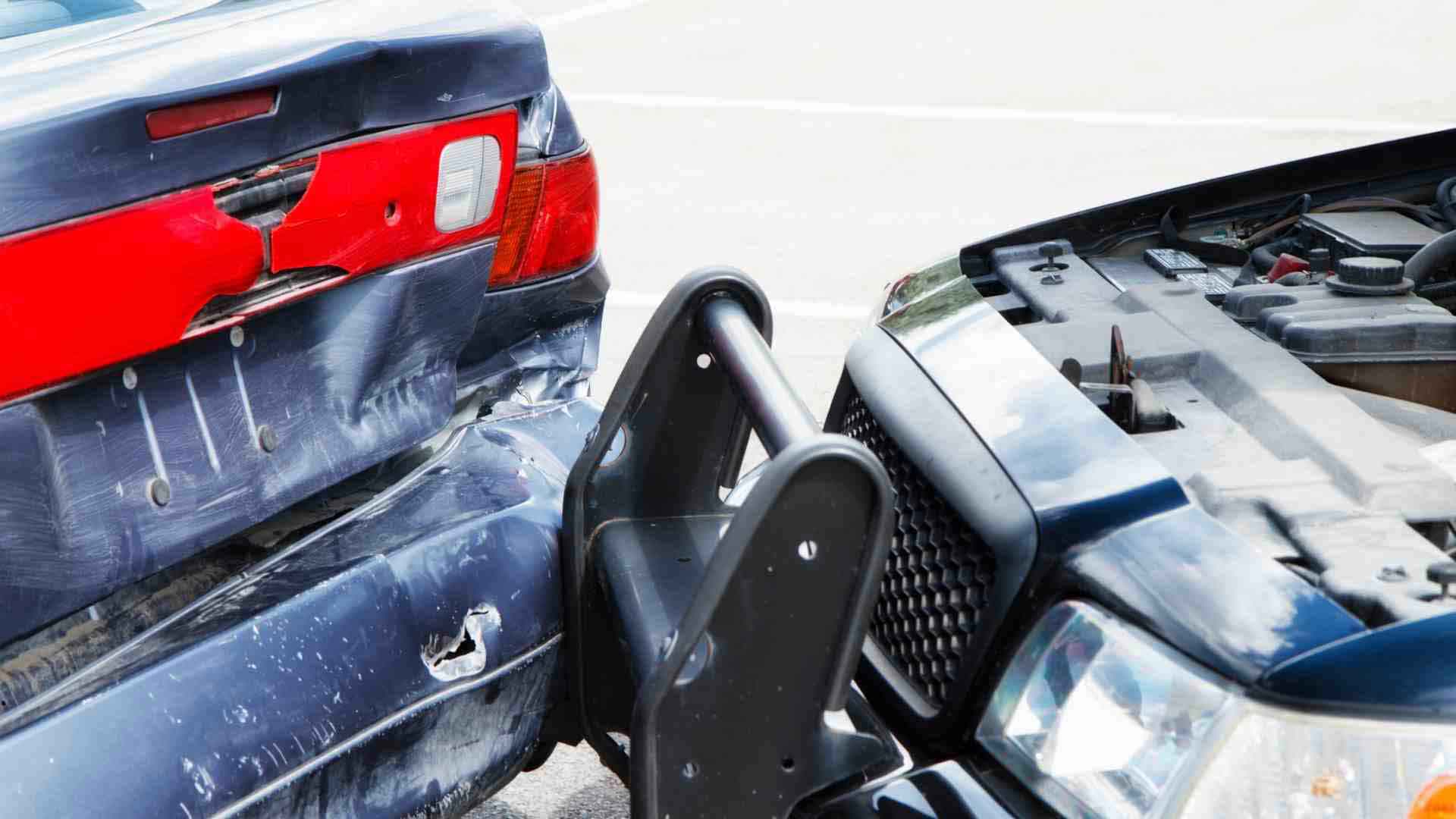Generally, when a stopped car is hit in the rear, liability lies with the other driver. New York car accident attorneys know that showing the plaintiff’s vehicle was stopped when the defendant’s vehicle struck it makes a prima facie case of the defendant’s negligence. If a plaintiff moves for summary judgment on liability and submits evidence that his or her vehicle was stopped and hit in the rear by the defendant, the defendant must submit evidence showing a non-negligent explanation for the accident.
A recent case illustrates one way a defendant can successfully oppose summary judgment after the plaintiff makes a prima facie case that her vehicle was stopped. The plaintiff appealed the trial court’s denial of her motion for summary judgment of liability. In support of her motion, she submitted an affidavit stating the defendant struck the rear of her stopped car. The court found she met her prima facie burden of showing she was entitled to summary judgment as a matter of law.
To challenge the summary judgment, the defendant then had to provide an adequate non-negligent explanation for the collision. The defendant submitted an affidavit disputing the plaintiff’s version of events. The defendant averred that he saw the plaintiff’s vehicle stopped in the middle lane. However, he further stated that she caused the accident by backing up.
The appeals court found that a factfinder could conclude the plaintiff’s negligence had been a proximate cause, or even the sole cause, of the accident. The trial court had therefore properly denied summary judgment.
Although the plaintiff here did not succeed in her summary judgment motion, that does not mean her case is over. Denial of summary judgment just means the court found she was not entitled to judgment as a matter of law based on the evidence presented by the parties. There is a dispute of fact that needs to be resolved at trial.
Since the court does not weigh the evidence in deciding a motion for summary judgment, the defendant’s affidavit averring that the plaintiff’s vehicle was backing up is sufficient to defeat the motion. At trial, however, a plaintiff has the opportunity to submit additional evidence and challenge the defendant’s evidence. Ideally, a plaintiff may have additional witnesses who can testify that the plaintiff’s vehicle was stopped at the time of the collision. Even if there were no other witnesses, however, the plaintiff will still have the opportunity to cross-examine the defendant and possibly raise issues of credibility that would not have been considered during the motion for summary judgment.
If you have been injured in a rear-end accident, an experienced New York automobile accident attorney can help you pursue the compensation you deserve. Call the Law Offices of Marc S. Albert at 1.855.252.3788 to schedule a free consultation. Marc Albert has more than 20 years of experience helping car accident victims.
More Blog Posts:
How Do You Decide Who’s at Fault in a Car Accident?
Do I still have a claim if the accident is partially my fault?
Image: FreeImages.com / ivan freaner

